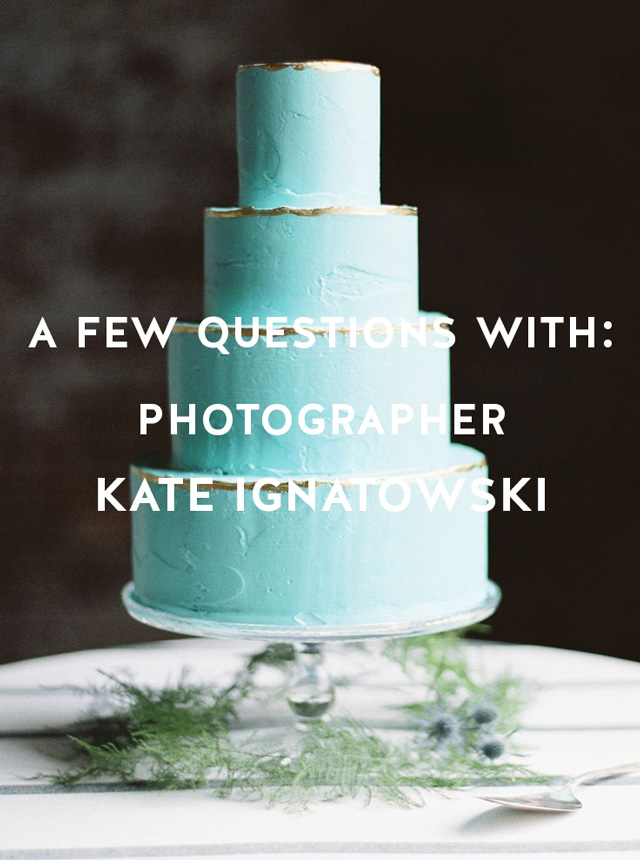
I’m so excited for today’s interview with photographer Kate Ignatowski, who happens to be one of the most talented, not to mention nicest, people that I know. We first met when she shot my apartment for The Everygirl, and my jaw pretty much dropped when I saw the unique and beautiful way in which she captured the details of my apartment. Her images were truly much more special than I’d ever thought to expect. Among people who have seen my apartment in person, the consensus was overwhelmingly, “yes, your apartment is great, but Kate’s pictures took it to a seriously different level.” Completely true statement.
Kate has a distinctive style and eye for composition that leaves me in awe and keeps me striving to be better when it comes to photography. Today she’s sharing her insight into what it’s like to be a professional freelance photographer, how she wound up transitioning from digital to primarily film photography, and what elements she considers most important in taking amazing photographs. I enjoyed reading Kate’s answers so much, and I think you all will too.

Q: For some background information, can you tell us how you got to where you are today, career-wise?
A: A lot of hard work and a little bit of luck! I have been building my career in photography since the summer of 2011, and for the first 3 years I honestly just worked most of my waking hours. I aggressively went after those first few weddings and shoots, then I just said yes to every opportunity that would get me more practice, new work in my portfolio, or some type of publicity exposure. It grew incrementally, and at the time if felt so slow, but luckily, now I have a steady, profitable business.
Q: Can you give us an overview of exactly what you do as a photographer? Each day/month/year must be so different!
A: Surprisingly, most of my days are not spent shooting. About two-thirds of my time is spent at my desk working on business activities like accounting, marketing, emails (so many emails), album design, editing, keeping my site and blog up to date, planning personal work, etc.
At the start of each week, I go through my list of to-do items (I use Wunderlist), then prioritize and allocate what I’d like to get done each day of the week. During the busy season (April-November) my weeks end up varying a lot with all the weddings, portrait sessions, and travel, so I don’t get too many office days. But when I am in the office, I find it super helpful to stick to a daily schedule in order to maximize my time. A day in the office usually looks like this:
7-8:30 Emails. Then shut down email application so it doesn’t distract me.
8:30-10:30 Focused work on a given project. I like working on my hardest task first – this might be updating my SEO keywords, creating a blog post, or reviewing my goals.
10:30-11:30 Run with my dog, make some lunch.
11:30-2 Focused work on another given project. Maybe edit a wedding or design an album.
2-3 Another mind break – take the dog for a walk or do house chores.
3-5 Focused work again. Sometimes continuing from earlier in the day or checking off one of the easier things on my to do list like reconciling my accounts or cleaning up my photo files.
5-6:30 Emails again

Q: When you shoot a wedding, what is your strategy? What kind of shots are you trying to capture, and how do you go about capturing them?
A: I have a fine art approach to weddings, meaning, I’m creating art for my couples, not just taking as many snapshots as possible. So I take the time to style the wedding dress and other details, find the best light for the bride and groom portraits, etc… And I work with my couples well ahead of their wedding day to create a schedule that allows us the time to create these images. I also educate them on light – for instance, explaining that the photos I take of them getting ready in a tiny, dark hotel room will not end up looking as nice as they would in a spacious, light filled room. Then on the wedding day, I balance giving direction with staying in the moment to notice all the little things that are going on. In the end, I want to capture the essence of the day instead of checking off a shot list.

Q: Being in front of the camera can be an uncomfortable experience for some people. When doing engagement shoots, how do you help your couples to relax and be themselves in order to get the best pictures possible?
A: I meet them for a drink first! That way we can relax and get to know each other since this is usually their first time meeting me. Then throughout the session I do my best to create a happy and relaxed atmosphere. I get them talking about how they met, reminiscing about the good times they’ve been through together, etc. It helps keep their mind off the fact that they are being photographed so they can just have a fun afternoon. And the images reflect that.

Q: Can you tell us a bit about your editing process? Do you use Photoshop, Lightroom, VSCO, or something else?
A: Since I shoot mostly film (see below!), my editing process is pretty easy. After the wedding or photo session, I send the film out to a professional lab (Photovision Prints) where they develop the film, scan the negatives, and send me high resolution JPGs. From there, I back up the images to an external drive, load them to my laptop, import them into Lightroom, pick out the keepers, then mark the photos that need cropping or extra touch ups. I adjust color and exposure as needed at the same time, but usually the scans I get from the lab are spot on. Then I make those crops and extra touch ups, take one last look, and export the images! I’ll export the full set for the client, upload them to a print ordering site, and load them to a usb. Then I export some for me – into folders for blog posts, social media posts, or updating my portfolio. Then I archive the folder and move it to an external drive when the process is over.
Q: Does your editing process change depending on the project, or do you have set steps that you always follow? Do you have any advice when it comes to editing?
A: I follow the exact same process every time. I even have it documented so I never forget a step (like exporting favorites to my portfolio folder). I recommend that – doing it the same way always. I also recommend having a consistent “look” whether that is a preset, photoshop action, or scanning preferences at your film lab.
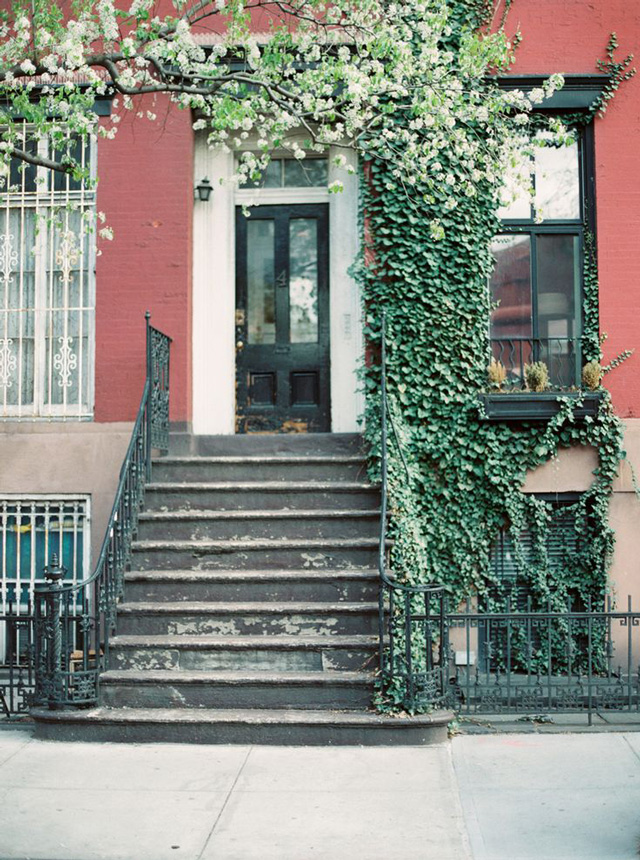
Q: Please tell us about your photography equipment and essentials! How has your collection of equipment evolved and changed over time?
A: I started out with a little Nikon D40x and a couple kit lenses back when photography was my hobby. Once I decided I was going to be a professional wedding photographer, I upgraded to the Nikon D7000 (still not full frame) and invested in the 70-200mm f/2.8, 50mm f/1.4, and 24-70mm f/2.8 lenses.
Only a few months later, as things started to take off, I upgraded again to a Nikon D800 and then bought a backup D800. I then transitioned into only shooting with prime lenses: 28 f/1.8, 35 f/1.4, 50 f/1.4, and 85 f/1.4. I worked with this gear for about two years before switching over to film.
Now I have two Contax645 medium format cameras with 80mm f/2 lenses, and a 45mm 2.8 lens. I also have a Lomo LC-A+ which takes nice wide shots, and a Nikon F100, which is a 35mm film camera that works with all those prime lenses I used for my digital bodies. I still have my D800s for shooting digital at dark receptions.
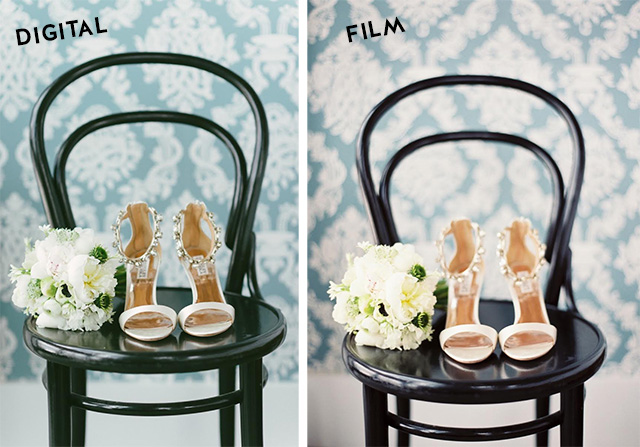
Q: You shoot both film and digital. Can you please tell us about the difference, for you, when shooting with the two mediums? Do you prefer one over the other because of the look it produces, the challenge of it, or for other reasons?
A: I shoot 95% of the time with film. I’m using film exclusively at engagement/family sessions, editorial work, etc. Then at weddings I’m shooting film throughout the day until it gets too dark at the reception. At that point I switch to digital, throwing in a few rolls of high ISO black and white film.
I love everything about film. Primarily, I love the look of the final images – to me, they are much more artful, delicate and luminous than digital images. And technically speaking the dynamic range is greater with film. That means you can capture more detail in the darks and the lights in a single image where digital would either make the darks totally dark or the lights completely blown out.
On top of that, I also love the whole process of shooting with film. With each click costing me $2-3, I shoot with much more intention. That means I’ll hold the camera up to my eye, look at the scene, and if something isn’t quite right, I’ll put the camera down and take the time to make it just right (i.e. fix the bride’s hair, move my position to improve composition, grab a piece of trash in my otherwise perfect scene). With digital I used to overshoot big time. I’d take a shot, look at the back of my camera, notice it wasn’t quite right, then make the change, then shoot again – a much longer process with so many unused images. Film brings me into the scene and connecting with my subject instead of keeping me glued to the back of my camera. Plus with all the overshooting in digital I’d end up with thousands of images that I didn’t need – many duplicates of the same thing or just a bunch of bad images where I was shooting without intention, just hoping something would look good. It was weighing me down both physically (in hard drive space) and mentally.
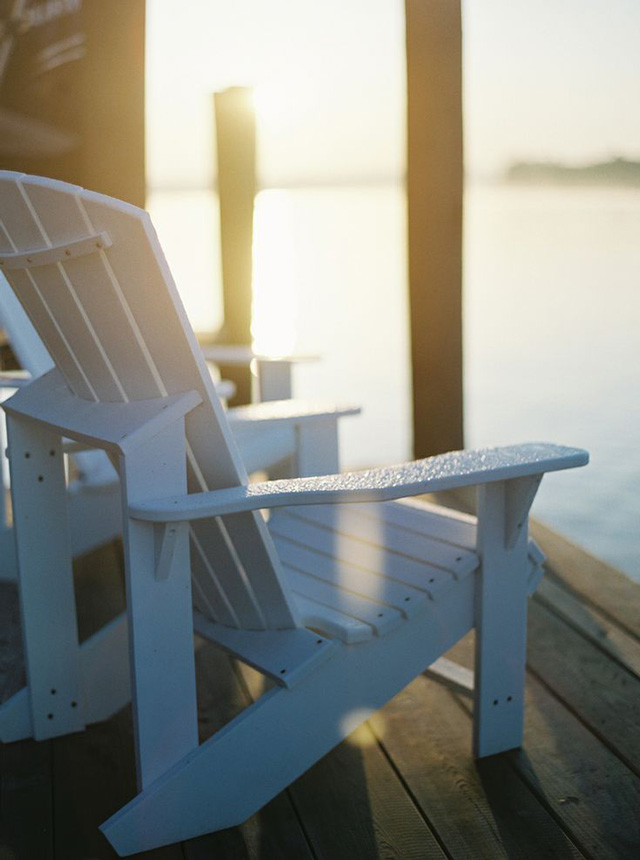
Q: When it comes to capturing beautiful photos, what would you say are the most important elements to keep in mind or the most important things to master?
A: Light is most important. You have to master light – noticing it, placing your subjects in the right light, knowing how to handle every type of light, etc. I believe this is only mastered by practice (see more in the next question!).
Q: If someone is just starting out in photography, what resource can you recommend for learning and what advice would you offer?
A: Use any available resource you can find. I remember watching youtube videos and spending hours in my local library, reading any photography book I could get my hands on. One resource I found particularly useful was CreativeLive – they have tons of resources on every aspect of photography – from the technical fundamentals to the business side of things.
Overall though, I think the best learning tool is practice. Mistakes help you discover where you need to improve and focus your development. Eventually it becomes second nature.
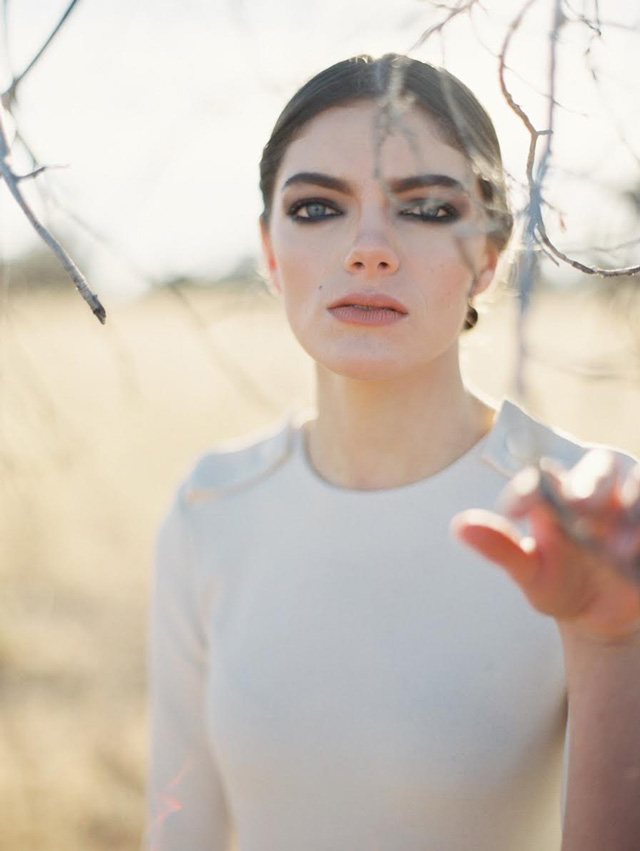
Q: Looking back, what photographs or projects are you most proud of?
A: I think I’m most proud of the fact that I left my comfortable desk job to pursue my passion. You always hear people saying, “Oh I’d love to work for myself” or “I’d love be a photographer”, but they don’t do anything about it. At some point, you have to take that leap.
But more specifically, I’d say the project I’m most proud of is switching over from digital to film. It was really difficult making the leap – learning a new medium, creating an entirely new portfolio of work, and figuring out how to shoot a wedding on film. But I never questioned the decision, and now that the transition is over, I’m so happy I made the switch.
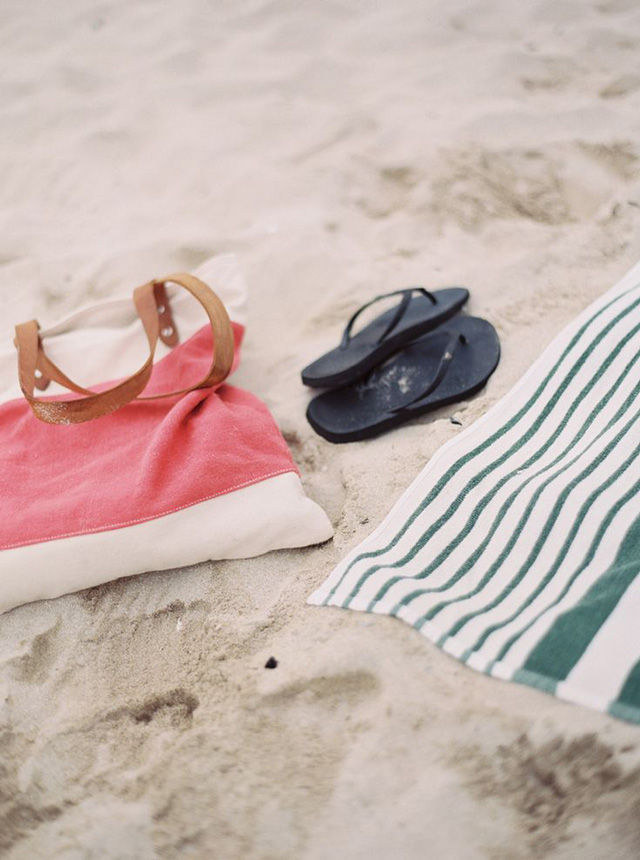
Q: What are your favorite things to shoot in your free time, just for yourself/for fun?
A: That’s a great question. I love travel photography. I think it’s so inspiring because you are seeing these new places for the first time, with fresh eyes. Everything is fascinating and, for me, I’m taking these images for myself so I feel complete creative freedom. I even just started a little travel blog to share my images (The Travel Palette), which has given me a new creative outlet.
And lately, I’ve also really been drawn to editorial work. It’s an opportunity to tell a story outside the limitations of a wedding. I have a really strong desire to move people with my photographs, and I think this is an avenue that will allow me to do just that.
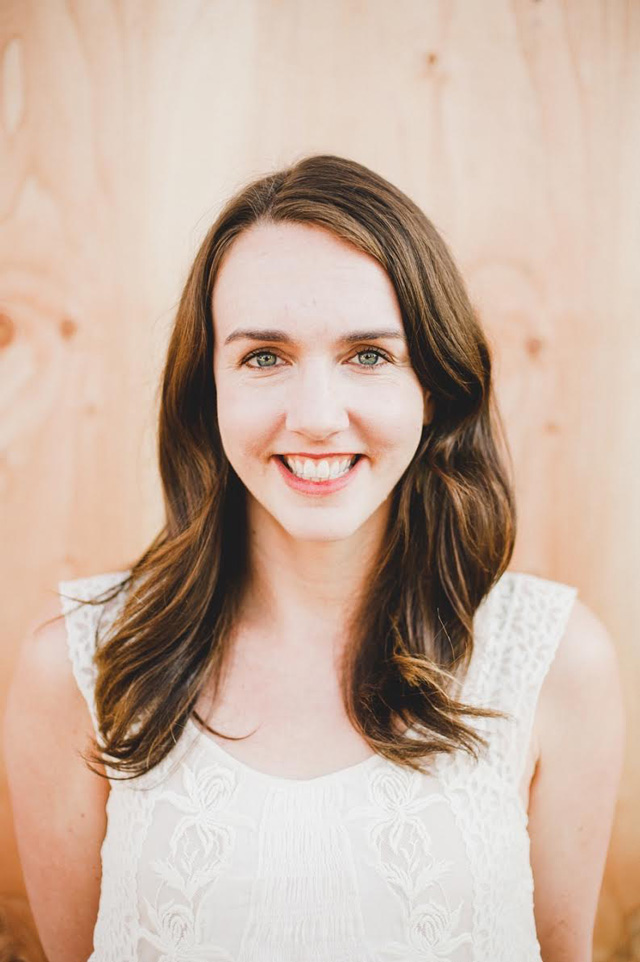
Like I said, I’m in awe of Kate’s talent and I find her unique and lovely aesthetic to be a constant inspiration. Her wedding and engagement photos are so pure and she captures couples in a beautiful, artistic, and natural way. Her other projects are equally amazing – the newborn shoot she did is, I think, pretty much the best thing I’ve ever seen, and I also loved the career feature she shot for The Everygirl on Georgetown Cupcakes.
I happen to be incredibly grateful to Kate, as chatting about photography with her and seeing the amazing photos she took of my apartment were two huge driving factors behind my finally getting a DSLR and taking up photography in the first place. I can’t thank her enough for that, and for taking the time to answer all of my questions! Be sure to follow along with Kate on her blog and Instagram to keep up to date on her inspiring and lovely work.
all photos by Kate Ignatowski
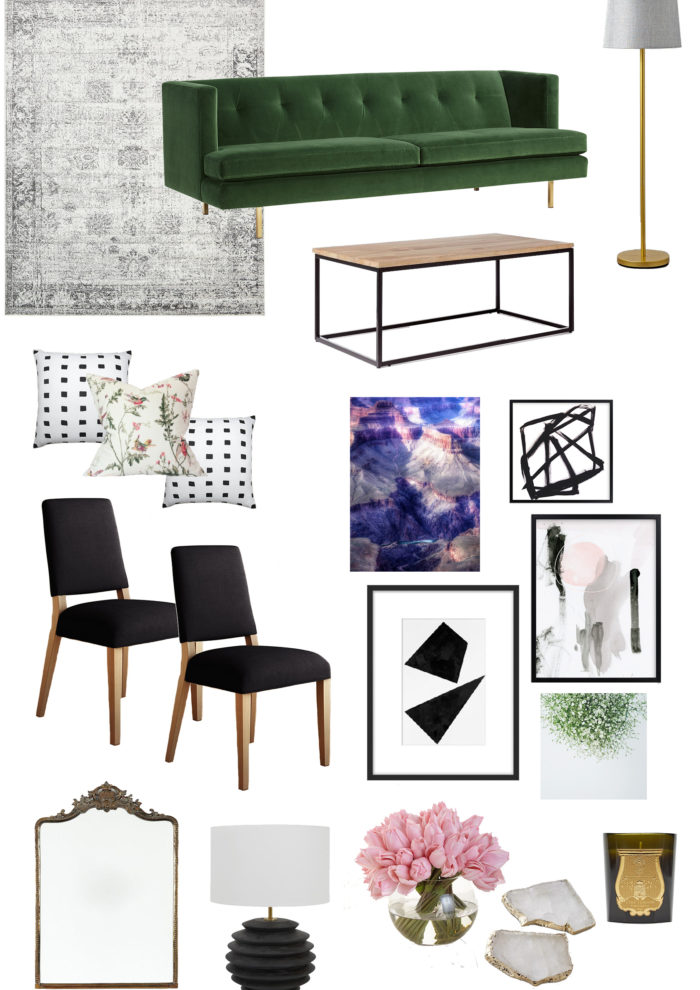
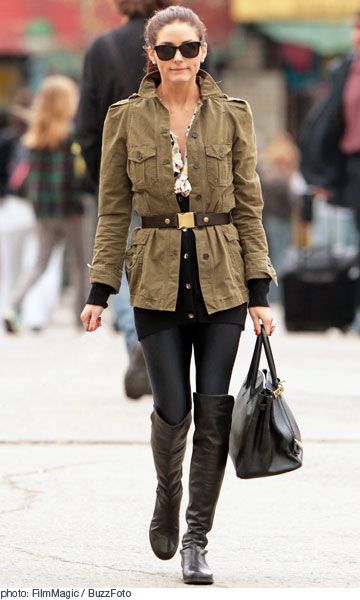

Thank you so much for the beautiful write up Jackie!
I was in the Air Force with Trevor Ignatowski, I was wondering if he is related. He was extremely interested in photography.
I worked with Trevor Ignatowski in a department store after he came out of the air force. He was a great guy.
One of the best friends I ever had.